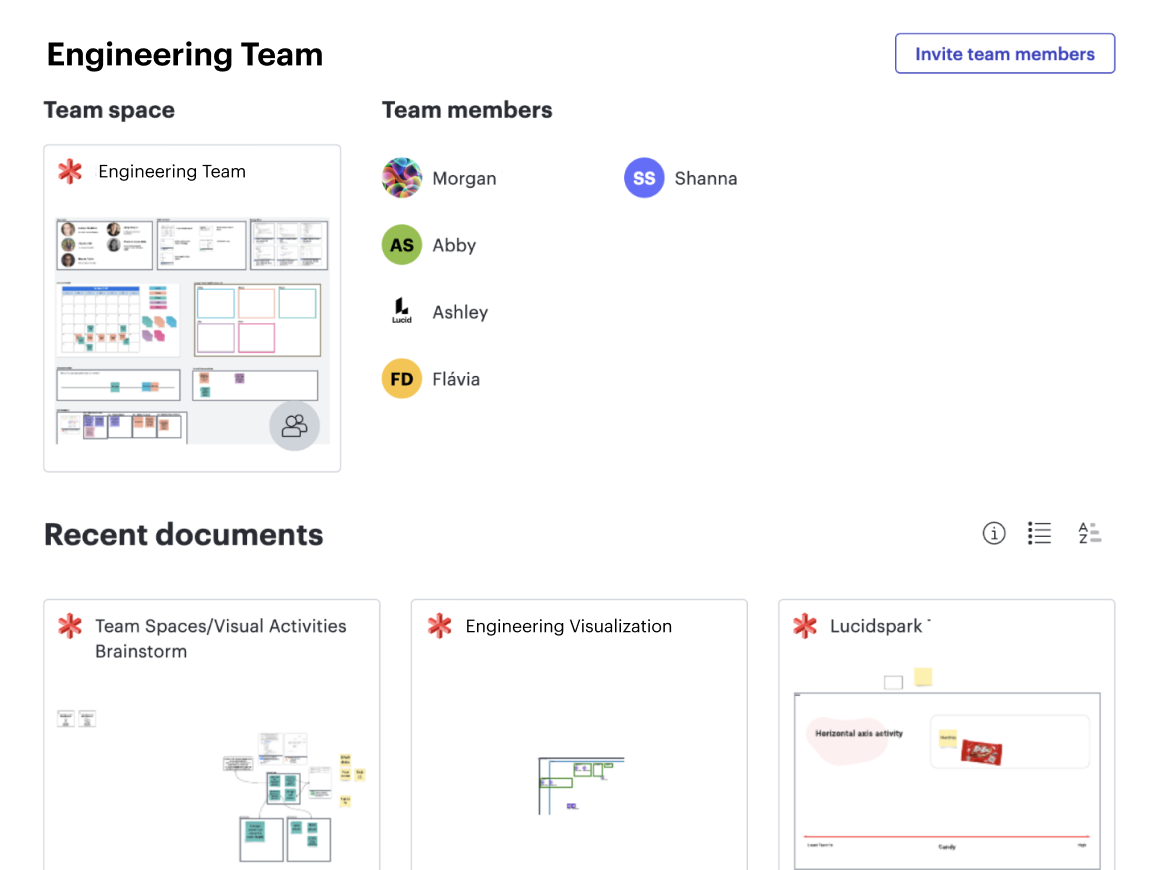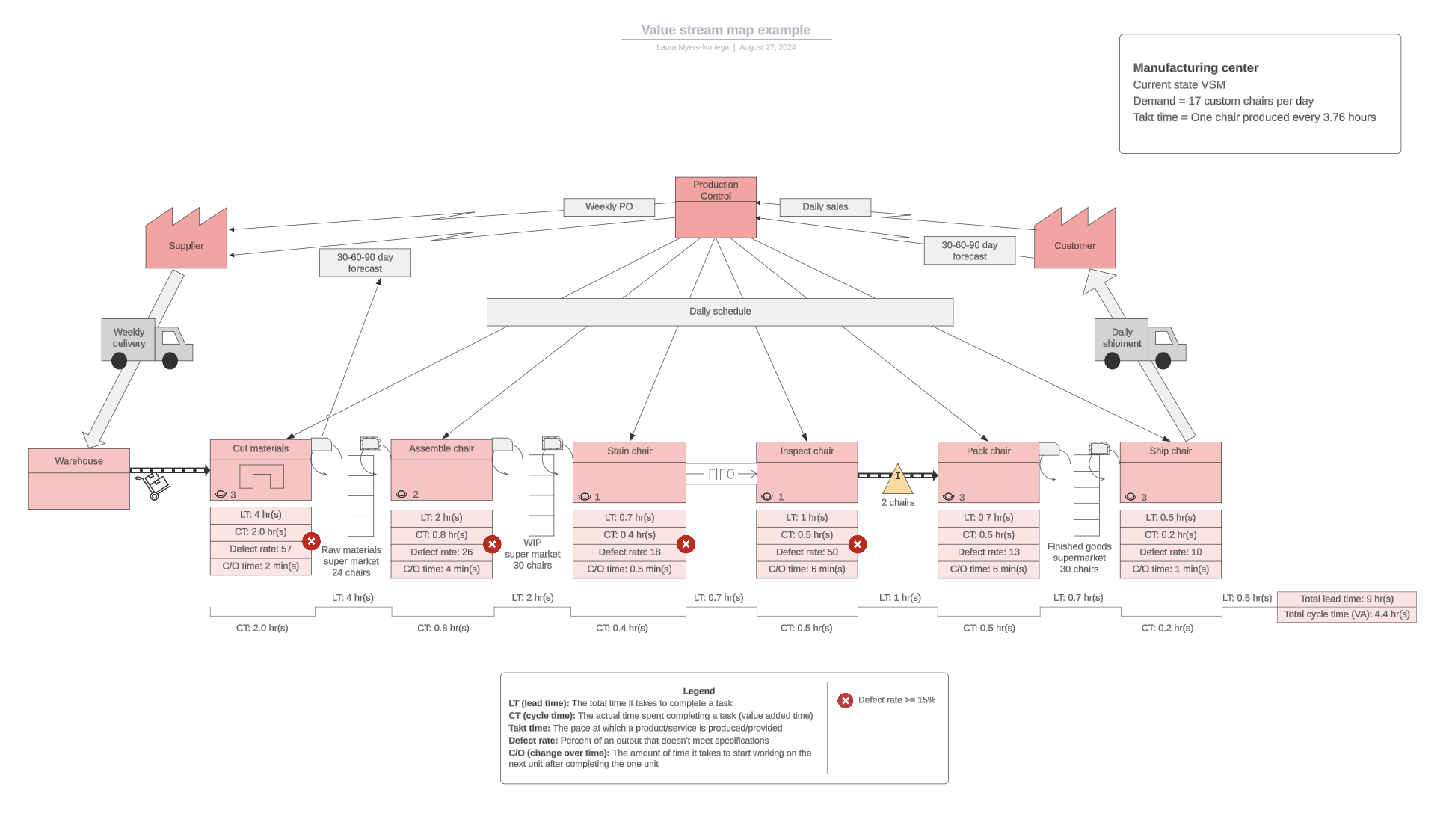
4 reasons your agile transformation strategy is falling short
Reading time: about 7 min
Topics:
Agile transformations can deliver big benefits for organizations and their employees and are a key strategy for long-term competitive advantage.
In fact, McKinsey research shows that successful agile transformations can result in a 30% increase in efficiency, operational performance, customer satisfaction, and employee engagement. It also triples the likelihood of being a top performer.
Yet, most organizations are falling short of this potential.
In a study of more than 2,000 companies, McKinsey found that “two-thirds of those pursuing a transformation said that their organizations were just treading water, taking no decisive action, and consequently achieving little or no business impact.”
In other words, while many leaders think they’re “doing agile,” they struggle to fully enact a large-scale agile transformation strategy in the organization, which can inhibit them from fully realizing possible gains. This means slower delivery of value, lower customer satisfaction, and wavering employee engagement compared to what could be achieved.
So what are some of the main reasons why agile transformations fail? It turns out there are a few common challenges to implementing agile that hold leaders back from realizing their team’s full potential.
Reason 1: Not practicing what you preach
If you’re not seeing the expected results from an agile transformation, it might be because your leadership is not yet agile.
An agile approach focuses on four key values:
-
Individuals over processes
-
Working software over comprehensive documentation
-
Customer collaboration over contract negotiation
-
Responding to change over following a plan
These values prioritize collaboration and flexibility across teams and roles, helping organizations adapt to change and approach problems with a growth mindset. But traditional management is very different. Traditional approaches to leadership and project management focus on hierarchy and bureaucracy and can therefore be slow to change.
For an organization to fully transform, leaders must lead by example.
This means you can’t just talk the talk—you must walk the walk. Leaders that fail to transform themselves alongside their employees will lose credibility in their efforts to promote an agile workplace and struggle to secure engagement from the bottom up.
The first step is adopting an agile mindset. This requires building trust throughout the organization and demonstrating respect for your teams. In practice, this can look like trusting your teams to make decisions without micromanaging and recognizing failure as a part of learning and an opportunity to improve.
As you adopt and demonstrate an agile mindset, your employees will see that example and be empowered to do the same.

Become a more agile leader
Learn the differences between traditional leadership and agile leadership.
Learn moreReason 2: A culture that conflicts with agile practices
Building an agile organization goes beyond adopting agile processes or technical frameworks. Agile requires a culture shift from traditional ways of doing business. This means connecting silos between teams and departments and aligning efforts so everyone is working toward common strategic goals.
But changing culture isn’t easy.
In fact, in a survey conducted by Digital.ai, 43% of respondents said a lack of cultural alignment with agile values was a top challenge for their organization. And lack of leadership participation (41%) and inadequate management support and sponsorship (38%) only exacerbate this issue further.
In other words, leaders play an essential role in enabling agile transformation. There are three main ways to achieve this:
-
Creating space for hybrid teams to experiment
-
Enabling cross-functional collaboration
-
Building a strong feedback culture
By breaking down barriers to collaboration and encouraging a culture of experimentation and improvement based on feedback and failure, teams will be empowered to innovate while communicating and collaborating more effectively on every level.
Providing a central space for teams to come together is essential for successful collaboration. Visual collaboration platforms are a great way to create dedicated spaces for teams to keep critical documentation, interact with each other, conduct brainstorming sessions, and more.
These spaces can be used for both synchronous and asynchronous collaboration so hybrid teams can experiment together and provide feedback, fueling innovation no matter where they’re located. Leaders should be examples of how to use a team space to align on work and promote agile transformation.

Reason 3: Failing to be transparent
Communication and transparency are key to a successful agile transformation strategy. Without traditional organizational hierarchies and systems, it is all too easy for communication to break down and for misalignment to grow across teams and leadership.
From a leadership position, transparency provides the foundation for building trust and enabling a collaborative environment built on a shared vision. And at both a team level and an organizational level, transparency improves accountability, feedback culture, and innovation.
So if you’re not achieving your agile goals, pay attention to how you communicate. Are you open with your employees about goals, plans, and values? Do you encourage feedback and make it safe for people to give and receive constructive criticism?
There are also different types of collaboration styles that should be taken into account. Some team members may love free-wheeling brainstorming sessions, others may be more introspective and prefer to come up with ideas on their own. Take time to discover the collaboration styles among your team to ensure everyone is being empowered to provide feedback and other input in a way that’s most comfortable for them.
Lack of transparency—at any level—obstructs progress and can impact the quality of your product. That’s why it’s essential for leaders to align teams on aspects such as work in progress, mission and vision statements, and value flow. By sharing and revealing these insights and direction, and providing each team member an opportunity to contribute, your teams can align themselves successfully and course correct when roadblocks arise.

Promote transparency and equity in your workplace
Learn what collaboration equity is and how to promote it for your agile team.
Read the guideReason 4: A funding model that doesn’t support agile delivery
Another reason your agile transformation strategy is falling short could be the way you fund it. Traditional funding models are far from agile, and this can create a disconnect between the teams doing the work and the teams allocating the budget.
For instance, traditional funding focuses on outputs in a project-based model. This means funding tends to be planned annually, with fixed scopes, budgets, and timelines for predetermined projects.
But agile delivery puts the focus on outcomes, rather than output. And this requires much more flexibility to adapt to changing priorities, market needs, and new information. Instead of working towards a fixed plan created at a point in time, agile delivery allows for iteration and continuous improvement towards a clear goal (or outcome).
This means funding for agile projects must be able to iterate and adapt. Otherwise, you’ll end up with wasted time, effort, and money. But shifting to an agile funding model is easier said than done.
That’s why leadership is so important. Strategic leadership can bridge the gap between teams making decisions and teams executing the work and help create a new product-based funding culture.
You can do this by moving from an annual planning cadence to a more frequent strategic planning review, adopting more frequent budgeting cycles, and mapping value streams so you can more accurately assess when and where your funds should go.
Agile funding helps organizations put the right resources towards the right initiatives at the right time. But it takes the right leadership to make it happen.

Realizing your agile future
If you haven’t yet achieved your agile transformation dreams, you’re not alone. Implementing agile at scale across an organization is a huge undertaking—made all the more difficult by hidden roadblocks and stubborn cultural norms (from leaders and employees) that are hard to shake.
But if you’re up for the challenge, you can reap even bigger benefits, including:
-
Increased customer satisfaction
-
5-10x decision-making speed
-
Increased innovation and employee engagement
And recognizing some of the main obstacles to success can help you right the ship and get your momentum back on track.
Address these agile transformation challenges head-on, so you can better empower your people to realize the potential of a fully agile organization and the benefits that come with it.

Want to learn more about leading and sustaining your organization’s agile transformation? Download our free guide.
Get a copyAbout Lucid
Lucid Software is the leader in visual collaboration and work acceleration, helping teams see and build the future by turning ideas into reality. Its products include the Lucid Visual Collaboration Suite (Lucidchart and Lucidspark) and airfocus. The Lucid Visual Collaboration Suite, combined with powerful accelerators for business agility, cloud, and process transformation, empowers organizations to streamline work, foster alignment, and drive business transformation at scale. airfocus, an AI-powered product management and roadmapping platform, extends these capabilities by helping teams prioritize work, define product strategy, and align execution with business goals. The most used work acceleration platform by the Fortune 500, Lucid's solutions are trusted by more than 100 million users across enterprises worldwide, including Google, GE, and NBC Universal. Lucid partners with leaders such as Google, Atlassian, and Microsoft, and has received numerous awards for its products, growth, and workplace culture.
Related articles
Journey to Agile: 5 implementation challenges to prepare for
Here are some common Agile adoption challenges you may encounter across your organization.
How business agility transformation can help your bottom line (+ tips for success)
In this blog post, we review a few tips for developing an agile business model. Read about agile business strategies and benefits to transform your business.
How visual collaboration supports Agile teams
From increasing transparency to simplifying documentation, learn why Agile teams today rely on visual collaboration.
How to use Lucid’s business transformation framework (+ templates)
Get tactical tips and templates for each stage of business transformation.
